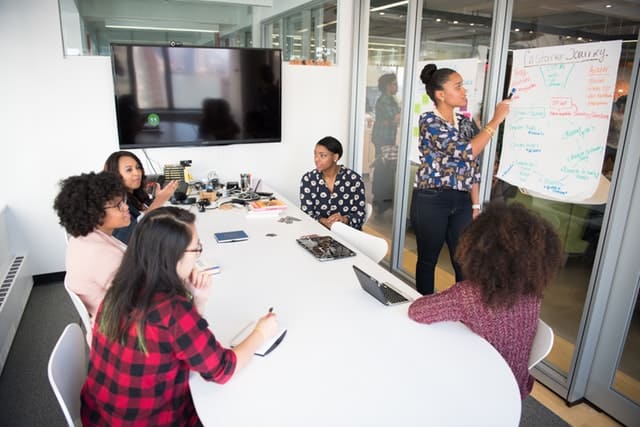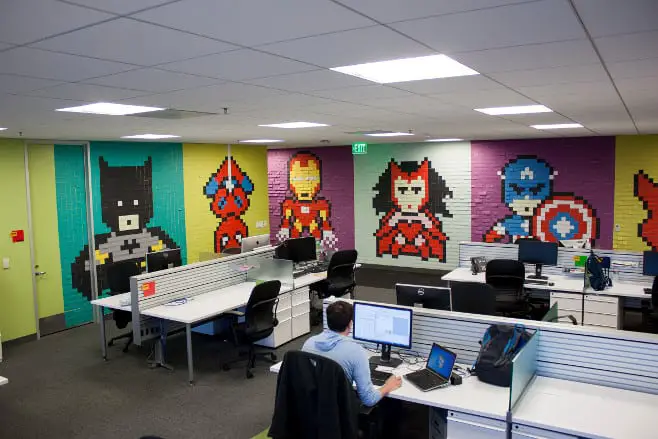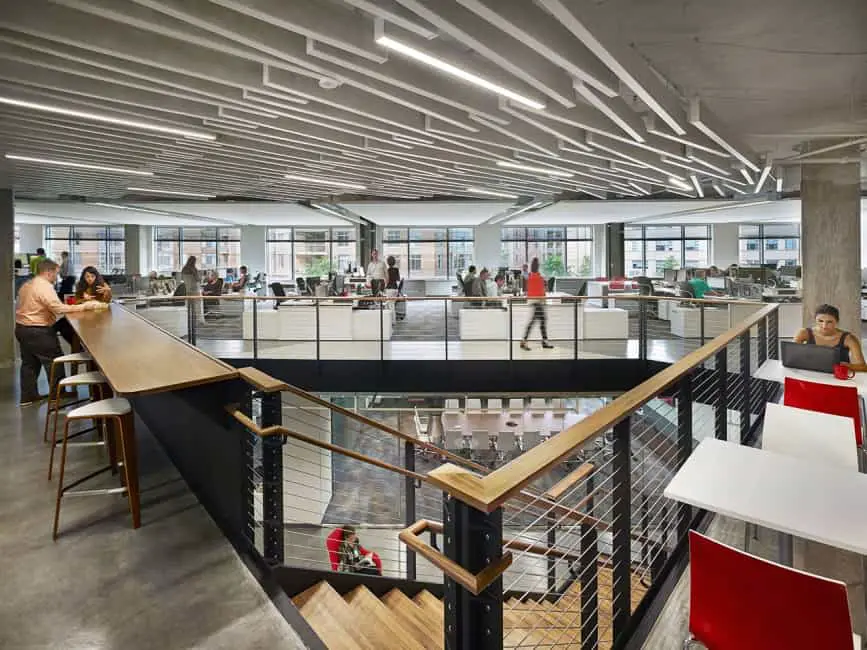Think over everything you have encountered in your workplace. Which parts of those encounters qualify as a good or bad workplace experience? How did of those encounters make you feel, understanding that workplace experience is crucial to attracting talent, retaining long term employees and maximizing productivity?
What is workplace experience? Workplace experience is every interaction that an employee has at his or her place of work. This includes interactions with management, coworkers, company culture, physical environment, technology, general work expectations, to name a few.
A deeper understanding of workplace experience will allow employers to make the appropriate adjustments to improve worker satisfaction. Some aspects to consider when developing a better workplace experience is the intersection of employees, technology, and environment. Discovering potential changes or upgrades necessary in your own workplace can be the beginning of something new.
Workplace Experience
Developing a workplace experience that keeps employees around long term can be a challenge. After all, certain experiences are not ones that can be controlled by the employer. There are a number of ways, however, that a workplace experience can be improved. In this condensed article you will learn how management, coworkers, company culture, and expectations can impact the overall experience.

Management
Have you ever experienced the perfect manager? He or she gave you the perfect amount of guidance and leeway, had a demeanor that you appreciated, and was simply good at their job. Unfortunately, there is no recipe for a perfect manager for everyone. While you may have experienced a manager or supervisor like this, a coworker may have needed something different from a boss. Because of differing personalities, management is unable to please everyone.
Having said this, there is a way to offer a positive management experience without being perfect for every employee. For example, it is important to know that management does not have to use the same approach with each individual. Employees are people. People want to be treated as such. So, managers should make a point to get to know their employees. By learning about the management style that each individual works best under, a manager or supervisor can modify his or her style to meet the needs of each person.
An example to consider in this situation is in an office with 3 workers under a supervisor. The first person was raised in a military household and thrives when pushed. The second worker does not do well under pressure and feels like encouragement from a friend gets them motivated. The third worker is laid back and can handle a number of management styles. With three very different people, management will find that the same management style for all of them is likely ineffective. The supervisor can push the first person but simply encourage person two. The third employee would likely appreciate a brief check-in and a bit of motivation prior to getting on with their work.
By making it known to employees that management styles are developed on a person to person basis, it can be understood that supervisors are not showing favoritism, but increasing productivity by focusing on the individual needs of each employee.
Coworkers
For many people, work is where friends are made. For others, coworkers do not mesh well outside of the office. While both of these scenarios are fine, it is important that coworkers treat one another with respect. One way to control bullying or disrespectful comments in the workplace is to have a strict policy against it.
Although policies might just be words on paper, upholding what it says is crucial to maintaining a sense of control over coworker arguments, harassment, and bullying. Making it known that cruelty and harassment is absolutely unacceptable if the first step to creating a safe work environment.
A workplace environment is also safe when workers have others they can trust. Trust-building exercises, bonding activities, and allowing employees to get to know their coworkers is a positive action than can be utilized to develop relationships within the office. When friends are made in the workplace productivity improves because of how well workers communicate and share ideas.
An employer that develops a close-knit team is one that is efficient, popular, and offers a quality workplace experience. In many ways, well-developed work relationships inspire a company culture that people love to be a part of.

Company Culture
Creating a company culture that is friendly, motivational, productive, inclusive, fun, and all of the other things that employees want might be the most difficult part of developing a positive workplace experience. Remember that this is for a place of work, not an after school program or college event. Being productive at work is the reason employees are there. However, studies show that including all of the other aspects of culture should make an appearance in order to keep employees happy. Happy employees are often the most productive employees.
How does an employer make work fun without forgetting about the work? Small events, such as a team lunch every month, will not only allow for a fun break from the monotony of the day but will also encourage team bonding. Fun can also be encouraged by one happy person – smiles are contagious! A morning meeting can even inspire some fun if updates and notes are.provided with jokes and laughter. Making happiness a priority is sure to make the company culture more fun.
Inspiring work while simultaneously expecting people to have fun seems contradictory. However, with the right motivational words, employees can carry the happiness from the fun right into their tasks. With a lighter mood, work will be easier and flow more quickly. The break from work is necessary to get the brain ready to perform to the best of its ability.
With these two portions of culture, productivity and friendliness come on their own. With friendliness comes inclusivity. All of these aspects will create a culture that motivates employees to do their best for the company that treats them right.
Workplace Expectations
For many people, stress is unavoidable at work. This is often due to the number of tasks employees are expected to complete. A big part of positive work experience is being realistic with the jobs each person has to complete. Too much expectation will damage the overall workplace experience.
While being realistic is key to delegating duties, it is also important to have managers willing to help if truly needed. When employees have more tasks to complete than they are able to, he or she should be able to express this concern with a supervisor and a solution should be determined. That open line of communication can help with the weight of expectation in the workplace.
Positive Experiences at Work
No single person has completely avoided an experience at work that he or she disliked. There is always something that comes up that is less than positive. That truth should not stop employers from trying to offer employees positive work experience. When an effort is made to create a positive space, employees will notice. That effort will be one more added aspect to workplace experience that helps to keep employees on for a long time.
experience. When an effort is made to create a positive space, employees will notice. That effort will be one more added aspect to workplace experience that helps to keep employees on for a long time.
Long term employees are more productive and are a part of a more developed team. Place focus on management and their styles, coworkers and relationship building, company culture, and a smart workload in order to have more positive workplace experiences. That focus is important to finding success.
Related Questions
Which management styles produce the best results? Results in management styles vary from person to person. A mix of all styles is sure to reach more employees effectively.
What are the easiest team bonding activities for a busy workplace? Making time for team development is crucial to most industries. If time is short, try an after-hours event or a company-paid lunch at a local restaurant.
Join Open Sourced Workplace



